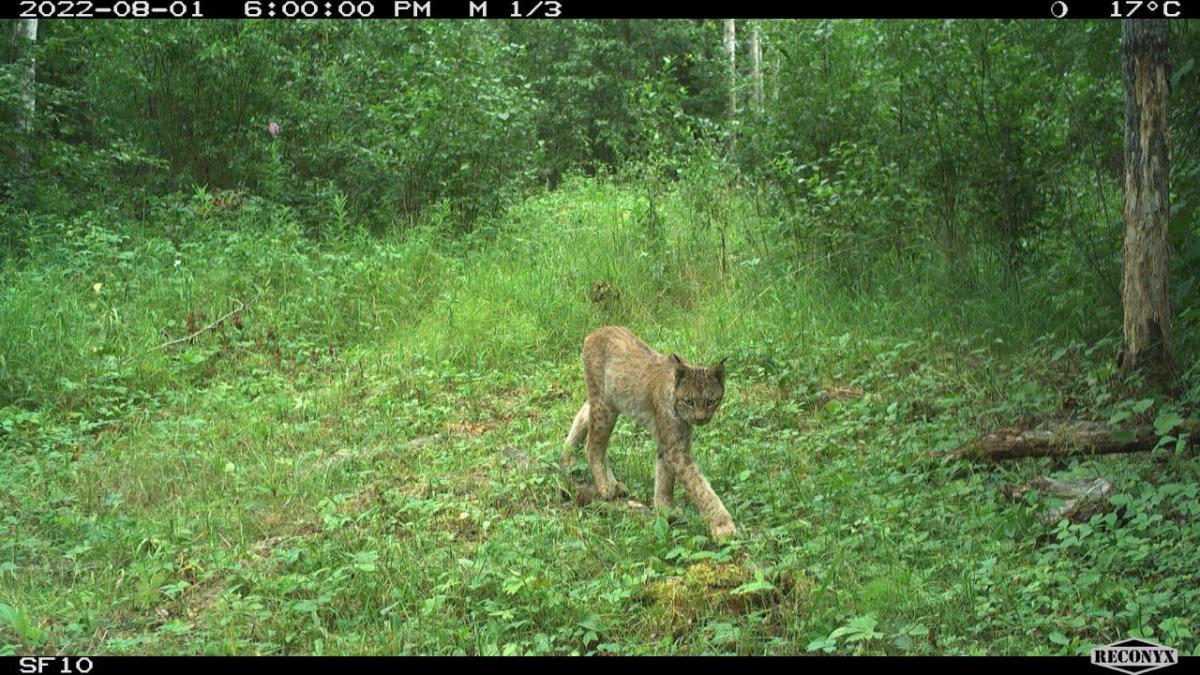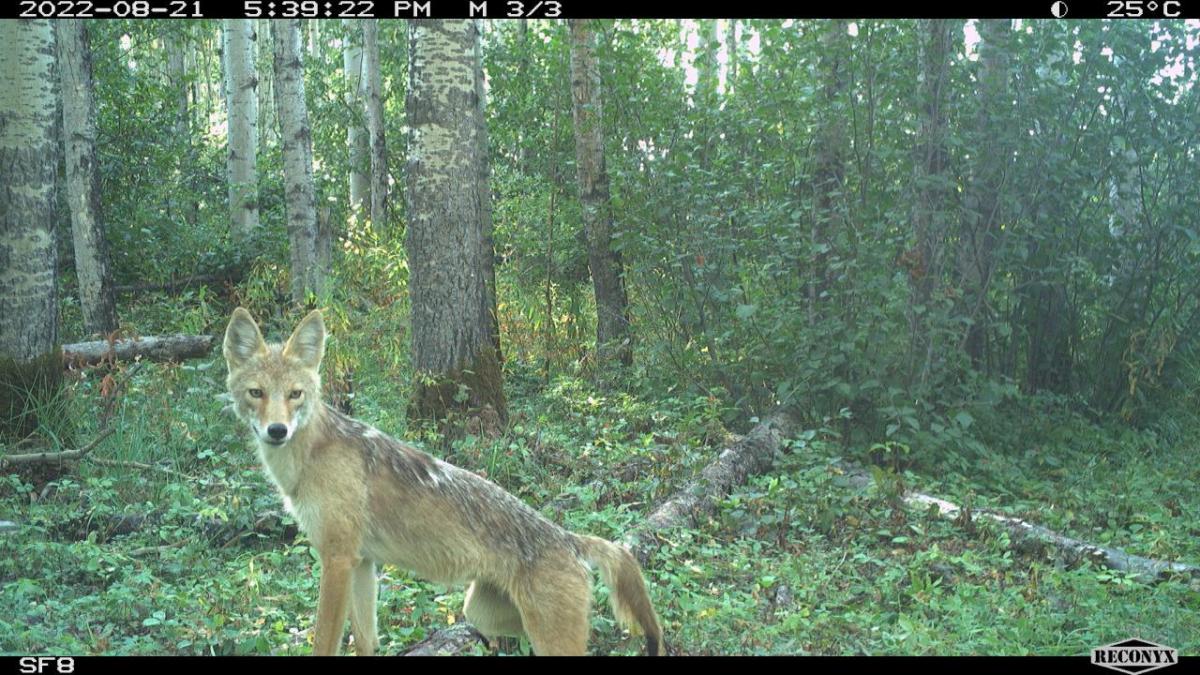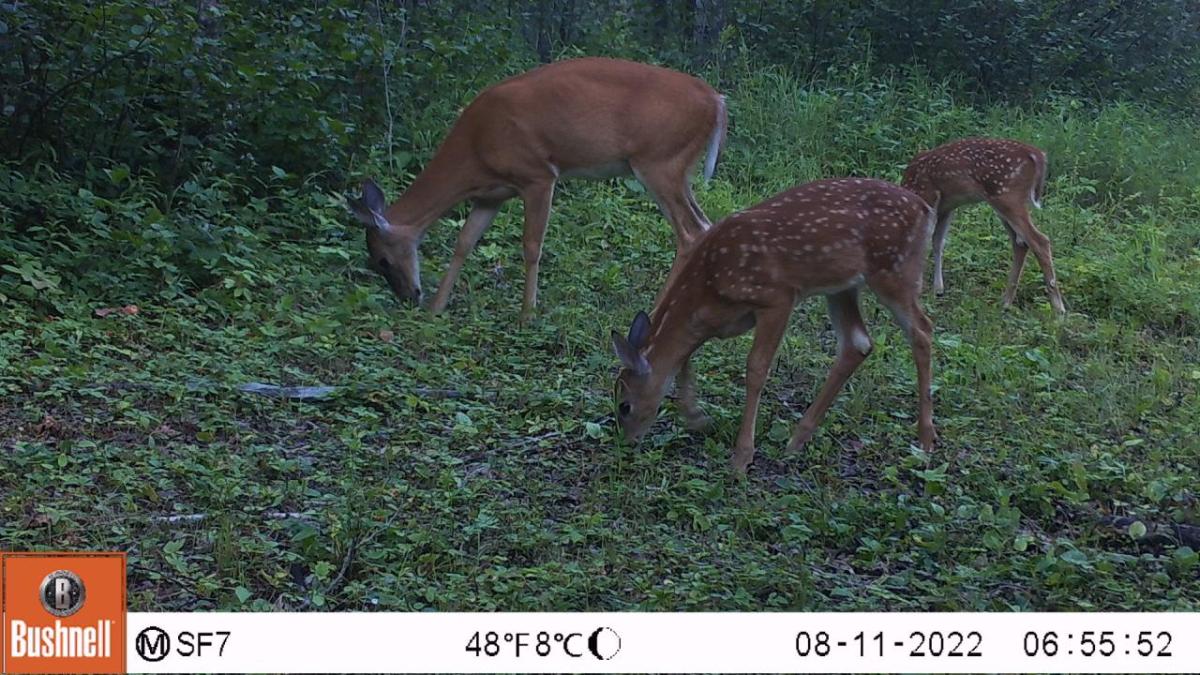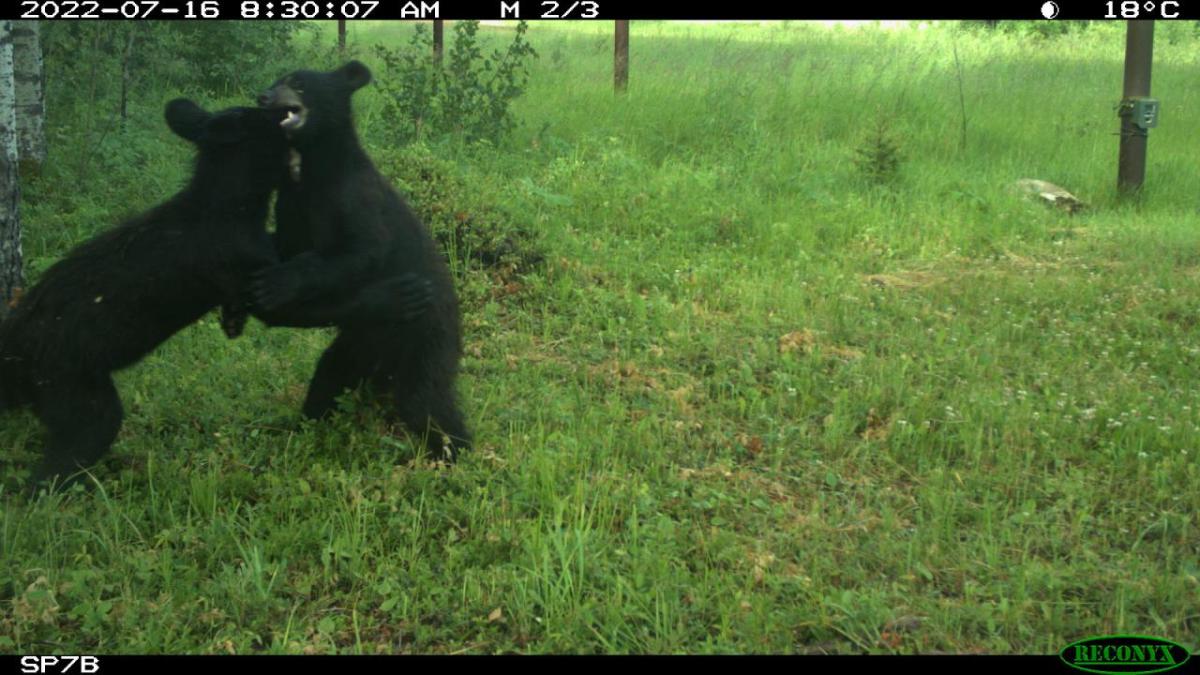Biodiversity at Suncor- 2023 Report on Sustainability
We broke new ground when we first began publicly reporting our sustainability performance in the mid-1990s. Twenty-eight years later, our Report on Sustainability and its companion publication, the Climate Report, continue the practice of disclosing our progress in more than a dozen areas of environmental, social and governance (ESG) performance. Read more on our ESG progress in our reports here.
We’re committed to preserving and promoting biodiversity in all areas where we work. This includes conserving habitat and reclaiming the landscape we’ve disturbed.
Our Approach
Throughout the life cycle of our projects, we seek to avoid, minimize, restore and/or offset impacts to biodiversity from our operations. We do this by:
• incorporating the principles of the mitigation hierarchy, integrated land use and management planning processes into project design, construction, operation, reclamation and closure
• mapping our disturbance footprint and using monitoring tools such as wildlife sweeps to understand and ensure our development activities avoid sensitive environmental areas and wildlife potentially affected by our activities
• minimizing disturbances to the greatest extent possible while considering multiple factors, including safety, operations and the environment
•employing mitigations such as wildlife crossings, low-impact seismic, waste management procedures and managing human-wildlife interaction to reduce conflicts
• measuring and reporting our performance against the Mining Association of Canada’s Towards Sustainable Mining Biodiversity Protocol
• engaging with local Indigenous communities
• working internally, with industry peers and with multi-stakeholder organizations to monitor, conserve, restore and reclaim habitat for birds, mammals, fish and other species, including species at risk such as caribou
Biodiversity monitoring and evaluation
We monitor biodiversity in and around our operations and reclaimed sites in accordance with our regulatory commitments and aligned with broader regional initiatives such as the Canada-Alberta Oil Sands Monitoring (OSM) Program. Reclaimed terrestrial, wetland and aquatic areas are monitored according to site-specific reclamation monitoring plans that assess the components of biodiversity while vegetation regrows and ecosystems develop over time. This monitoring allows us to collect soil, vegetation, wildlife use and water quality information to support reclamation certificate applications once it’s determined requirements have been met. We further evaluate biodiversity across our sites through wildlife monitoring. This is conducted in accordance with approved site-level wildlife mitigation plans that include bird deterrents at ponds; the use of wildlife crossings over above-ground pipelines; and strategies to manage human wildlife interactions.
Approximately 50% of Suncor’s oil sands lease areas in northern Alberta are within or near the range boundaries of the caribou, which is listed as vulnerable on the IUCN Red List of Threatened Species. These leases are also entirely within the geographic range of little brown bats and are located along the migratory route of whooping cranes. Both species are listed as endangered. Through remote cameras, we are able to monitor wildlife both in reclaimed areas and in proximity to our oil sands operating sites. Notable species observed using reclaimed habitat include the Canadian toad, Canada warbler and olive-sided flycatcher.
In collaboration with our industry peers, stakeholders and regulatory agencies, we work with organizations such as the Alberta Biodiversity Monitoring Institute, the OSM Program and Canada’s Oil Sands Innovation Alliance (COSIA) to:
• mitigate and monitor the impacts of our operations, such as waterfowl landings on our tailings facilities
• understand and reduce the cumulative effects of oil sands development
• address regional biodiversity risk.
Caribou recovery and conservation
Complex combinations of natural- and human-caused factors in the oil sands region have created landscape changes and indirectly increased predation, resulting in declining caribou populations. We recognize that we must contribute to caribou recovery and conservation while mitigating our impacts on the environment. We are a member of COSIA’s Regional Industry Caribou Collaboration joint industry project. The project works with academics, the Government of Alberta and the Alberta Biodiversity Monitoring Institute Caribou Monitoring Unit to co-ordinate restoration in priority areas, find new ways to improve biodiversity understanding, and restore habitat throughout northeast Alberta. These efforts all play a role in caribou recovery.
Land conservation
We value multi-stakeholder approaches to address industry impacts on the environment. We have partnered with the Alberta Conservation Association for nearly 20 years through the Boreal Habitat Conservation Initiative to help secure more than 4,000 hectares of ecologically sensitive land across 43 different conservation sites in Alberta. As voluntary offsets, these areas of intact boreal forest and wetlands have served to preserve biodiversity by ensuring the components of the larger boreal forest ecosystem have remained undisturbed.
Read more about our commitment to preserving and promoting biodiversity here.






